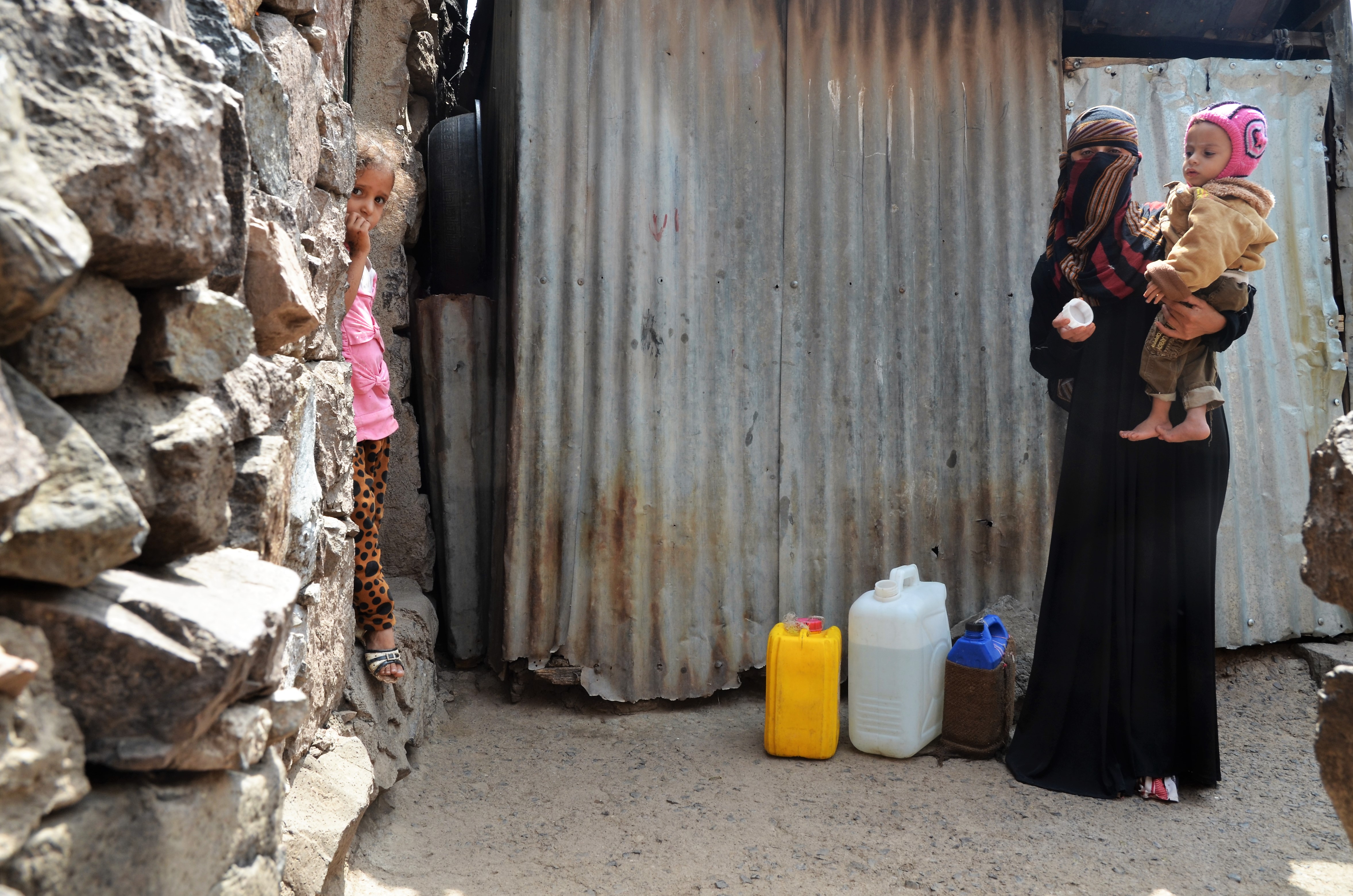
As drone and airstrikes continue, humanitarian organisations have evacuated many personnel from Aden in southern Yemen. Political and military developments in Yemen, especially around Aden have dominated discussions about Yemen since the beginning of August. Following the Southern Transitional Council’s (STC) takeover of Aden, which left hundreds of people dead and injured, the past week has seen relative calm in the city. Fighting in Aden has highlighted the increasingly fractured nature of groups in Yemen, and this will need to be reflected in peace negotiations going forward if the agreements are to be sustainable. It will be increasingly difficult to identify an inclusive negotiation process that is acceptable to all key stake holders. Territorial control will continue to be one of the most important factors in any negotiations.
For the past few months, the international community has focused on Hodeida and the implementation of the Stockholm Agreement, yet the recent week’s events in Aden will add another painful element to peace negotiations. Most humanitarian organizations are being very careful not to become unnecessarily involved in the complicated politics in Yemen. Nevertheless actors are very concerned how we will ensure access and continued humanitarian operations throughout Yemen. The impact of fighting on civilians in Aden is significant. The impact of fighting in Aden also dramatically curtains the effectiveness of the Aden port, so will have a very real and painful impact on civilians throughout Yemen. Humanitarian and commercial imports, especially food, fuel and medicine must reach Yemen through all land and sea ports and parties to the conflict must allow their unobstructed transport to all parts of the country in order to prevent further deterioration of this humanitarian tragedy.
Humanitarian Advisors advocates for all parties to the conflict, including suppliers of munitions and military supplies, to comply with their obligations in accordance with international law. The recent events in Aden have again highlighted the disregard for the safety of civilian populations. All actors must avoid using explosive weapons with wide area effects in populated areas; they must also ensure that civilians can safely escape active areas of conflict; and ensure humanitarian access to civilians in all parts of the country, and refrain from depriving civilians of basic necessities such as food, water and medical supplies. At the same time all actors must immediately cease attacks against civilian infrastructure such as schools, hospitals, water stations and water tanks.
Humanitarian Advisors calls on the international community to increase their diplomatic pressure and intensify efforts to secure an immediate cessation of hostilities and a comprehensive ceasefire throughout Yemen.

Background: The conflict has its roots in the failure of a political transition supposed to bring stability to Yemen following an Arab Spring uprising, and since then has spiraled into a complicated and protracted crisis. On 29 August 2018, a report from UN OHCHR stated that all parties to the conflict in Yemen have committed a large number of violations of international humanitarian law, some of which may amount to war crimes. The UN’s Group of Eminent Experts on Yemen stated that Saudi-led coalition airstrikes are the leading cause of civilian casualties and that some of the airstrikes may amount to war crimes. Coalition airstrikes have hit markets, funerals, weddings, detention facilities, civilian boats, and medical facilities. The coalition’s no-strike list was not properly shared within the chain of command of the coalition, according to the report. Houthi forces indiscriminately used weapons with a wide area of effect in urban settings, a potential war crime. The UN investigation found widespread use of arbitrary detention and use of torture by all parties. The total number of people in need of humanitarian assistance is 24.1 million – 80 percent of the population - including 12.3 million children.

1 thought on “What is the situation in Yemen?”